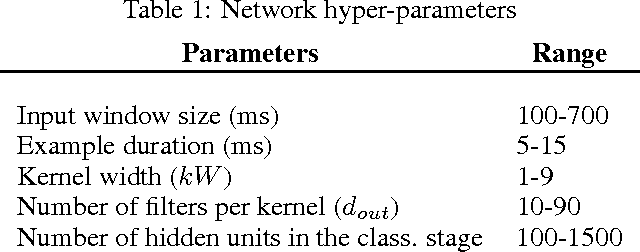End-to-end Phoneme Sequence Recognition using Convolutional Neural Networks
Paper and Code
Dec 07, 2013



Most phoneme recognition state-of-the-art systems rely on a classical neural network classifiers, fed with highly tuned features, such as MFCC or PLP features. Recent advances in ``deep learning'' approaches questioned such systems, but while some attempts were made with simpler features such as spectrograms, state-of-the-art systems still rely on MFCCs. This might be viewed as a kind of failure from deep learning approaches, which are often claimed to have the ability to train with raw signals, alleviating the need of hand-crafted features. In this paper, we investigate a convolutional neural network approach for raw speech signals. While convolutional architectures got tremendous success in computer vision or text processing, they seem to have been let down in the past recent years in the speech processing field. We show that it is possible to learn an end-to-end phoneme sequence classifier system directly from raw signal, with similar performance on the TIMIT and WSJ datasets than existing systems based on MFCC, questioning the need of complex hand-crafted features on large datasets.
 Add to Chrome
Add to Chrome Add to Firefox
Add to Firefox Add to Edge
Add to Edge